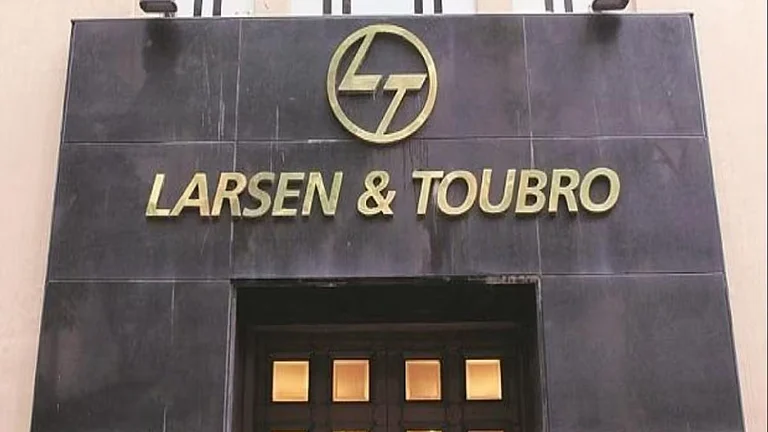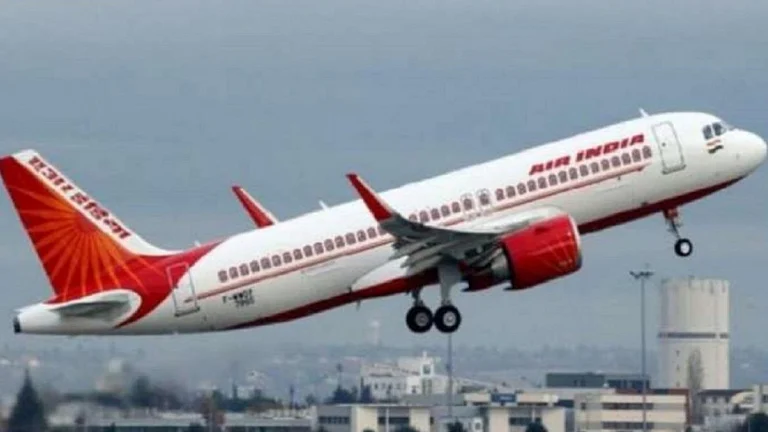India’s gross domestic product (GDP) growth in FY22 expanded 8.7 per cent in FY22, slightly lower than the earlier estimated 8.8 per cent in the second advance estimates. In FY2020-21, Indian economy contracted 6.6 per cent. However, economic growth slowed for the third consecutive quarter in the January-March period at 4.1 per cent from 5.4 per cent growth in the previous quarter, as soaring prices slowed down consumer spending.
The provisional estimate (PE) pegs the FY22 GDP growth at 8.7 per cent, lower than the second advance estimate of 8.9 per cent. The major reason for the downward revision in GDP growth was due to a combination of factors, including the impact of third wave of Covid on economic activities and downward revision in first two quarters’ growth rates. On the demand side private final consumption expenditure (PFCE) and gross fixed capital formation (GFCF) witnessed decent growth, though on a low base. Even government final consumption expenditure (GFCE) grew at 2.6 per cent compared to 3.6 per cent in FY21.
“The growth of 8.7 per cent in FY2022 as a whole is mildly higher than our estimate of 8.5 per cent, making India one of the fastest growing large economies in FY2022. Nevertheless, Indian GDP in FY2022 was a subdued 1.5 per cent higher than the level in FY2020. The growth embedded in the nominal GDP assumed by the Union Budget for FY2023 is only 9.0 per cent relative to the latest estimate for FY2022, suggesting a considerable upside to the revenue forecasts made in the Budget,” said Aditi Nayar, chief economist ICRA.
Four quarters of growth slowdown
The slowdown seen in the fourth quarter to a four-quarter low of 4.1 per cent was inevitable, stemming from the adverse impact of the third wave on contact services, and of high commodity prices on margins, as well as the unfavourable base effect.
“Though 3rd wave of Covid did not hit the economy as hard as 1st and 2nd wave, but the headwinds emerging out of the Russia Ukraine conflict is looming large on the FY23 GDP growth. Ind-Ra believes both fiscal and monetary policy support not only will have to be recalibrated but also continued to steer the economy forward. India Ratings and Research expects GDP to grow at 7 per cent in FY23 with downward bias,” India Ratings & Research said.
Services sector was the main driver of the 3.9 per cent GVA growth seen in the fourth quarter, driven by government spending. GVA growth of agriculture, forestry and fishing recorded a steady 3 per cent growth compared to 3.3 per cent last year, especially in the backdrop of the bleak wheat harvest portrayed by the third advance estimate of crop production. Construction displayed a better performance than expected in the fourth quarter, recording a growth of 11.5 per cent from a contraction 7.3 per cent last year.
Inflationary pressure and India’s performance
The agriculture sector remained the strongest pillar of growth. Experts say that growth in manufacturing was affected the most in the fourth quarter, which was expected as logistic and supply chain disruptions impacted industrial activities.
“Services were not as badly hit thanks to improving mobility and remote working. In the fourth quarter, we were confident that investments and exports will bolster growth. Government spending also supported growth. However, uncertainties such as the Omicron wave, geopolitical crisis and high inflation weighed on consumer demand quite significantly offsetting growth in the other expenditure categories. Consequently, growth slowed to 4.1 per cent,” Rumki Majumdar, economist, Deloitte India.
Inflation has been a persistent problem in India and the economy has been fighting the challenge of rising prices for a long time now. Higher prices weighed on consumer wallets and production costs. Majumdar said that panic and the search for safer havens amongst global investors led to capital outflows from emerging countries, India being one, resulting in currency depreciation and higher import bills.
India’s Chief Economic Adviser V Anantha Nageswaran said in a press conference that fourth quarter GDP growth at 4.1 per cent was better than what was estimated. “Govt capex on FY2021-22 fully met. Growth inflation challenges are universal. Inflation pressures elevated at 7 per cent to remain elevated, with imported inflation contributing over 2 per cent to the overall Consumer Price Inflation. And this may stay as crude oil prices are inching back up to $120 a barrel, but the availability of Russian crude oil could help India is better placed than some other countries as far as inflation is concerned.”
Nayar said that the data showed that global headwinds had not dented volume growth so far. “Nevertheless, business margins are likely to be compressed, amidst an incomplete pass-through of input price pressures, while higher inflation would constrain demand growth, notwithstanding the recent excise duty cuts on petrol and diesel. Aided by a low base, ICRA expects GDP growth to print at an optically high 12-13 per cent in Q1 FY2023.”






























